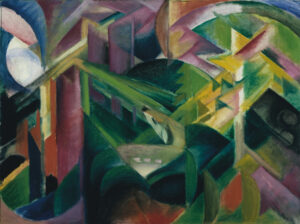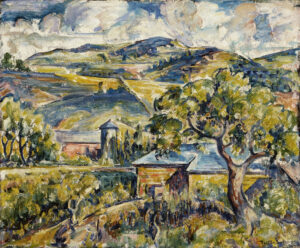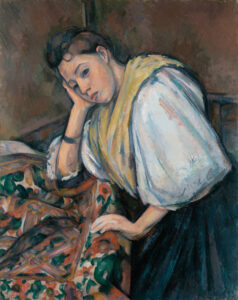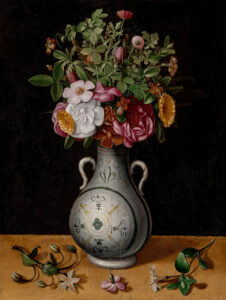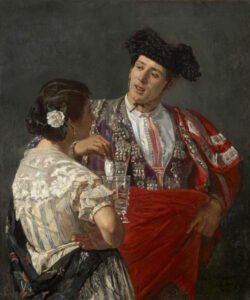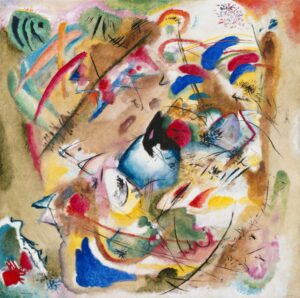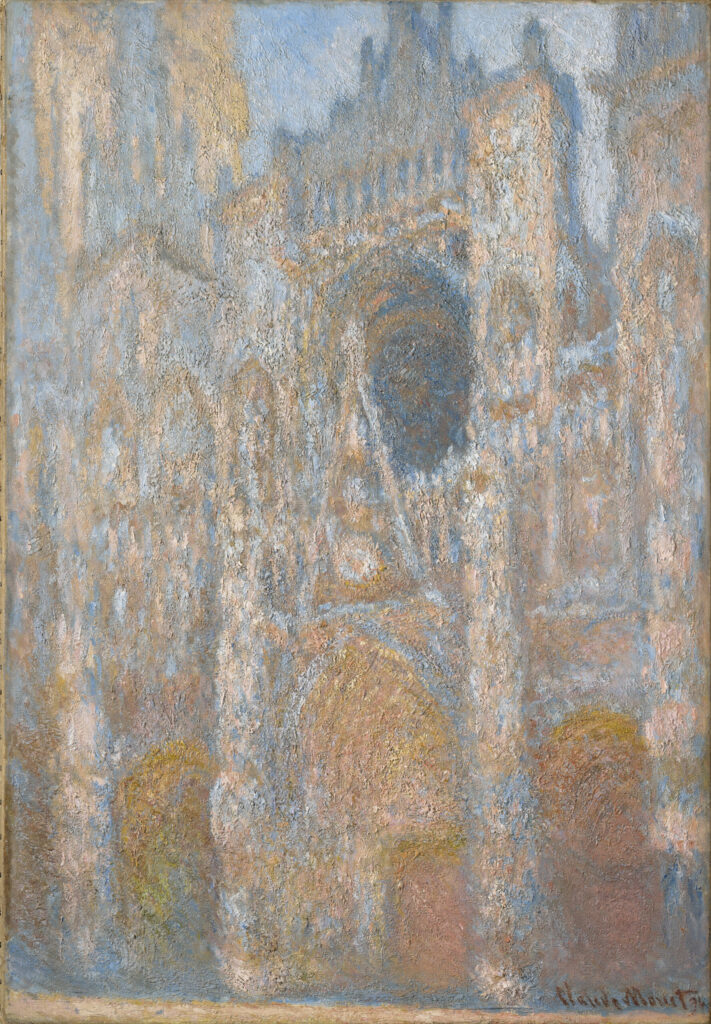
“Rouen Cathedral, the Façade in Sunlight” (c. 1892-1894) perfectly illustrates Monet’s Impressionist revolution when confronting Gothic architecture.
The artist transforms the ancient stone into colorful vibrations, where blues, ochres, and pinks blend in a chromatic symphony. The pictorial matter, applied through successive impastos, mimics the rough texture of the Norman facade under solar brilliance. Here, Monet abandons architectural detail to favor luminous impression: doors, rose window, and towers emerge from this colored haze through a subtle play of values. This canvas belongs to the famous Cathedral series, nearly thirty variations painted from the same window, facing the western portal. The artist moved from one canvas to another according to the hours, capturing the metamorphoses of light on stone. Completed in his Giverny studio, this series reveals a Monet obsessed with optical phenomena, a precursor to modern art.
Further information
- Claude Monet, Rouen Cathedral, the Façade in Sunlight, c. 1892–94, oil on canvas. Clark Art Institute, Sterling and Francine Clark Art Institute, Williamstown, Massachusetts, USA Acquired in memory of Anne Strang Baxter, 1967.1
- 42 x 29 in. (106.7 x 73.7 cm)
- https://www.clarkart.edu/ArtPiece/Detail/Rouen-Cathedral,-the-Facade-in-Sunlight
An emblematic figure of Impressionism, Claude Monet (1840-1926) revolutionized painting through his obsessive quest for natural light. Born in Le Havre, he developed the technique of plein air painting and theorized the fleeting impression. His series—Haystacks, Poplars, Cathedrals, Water Lilies—demonstrate an innovative serial approach where the motif becomes a pretext for exploring chromatic and atmospheric variations. Settled in Giverny, Monet created his ideal artistic universe there, transforming garden and water lily pond into a pictorial laboratory. Misunderstood then celebrated, he profoundly influenced 20th-century art through his progressive liberation from figuration.

